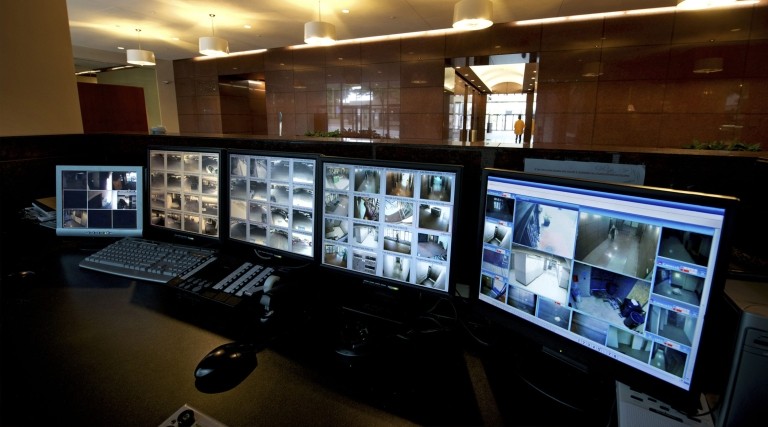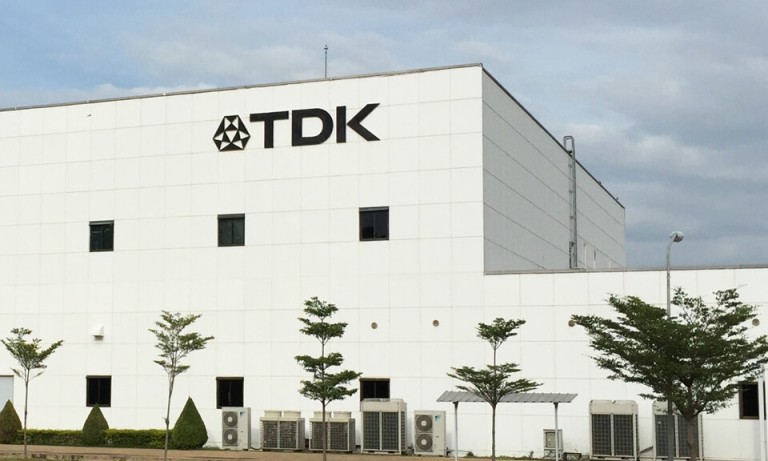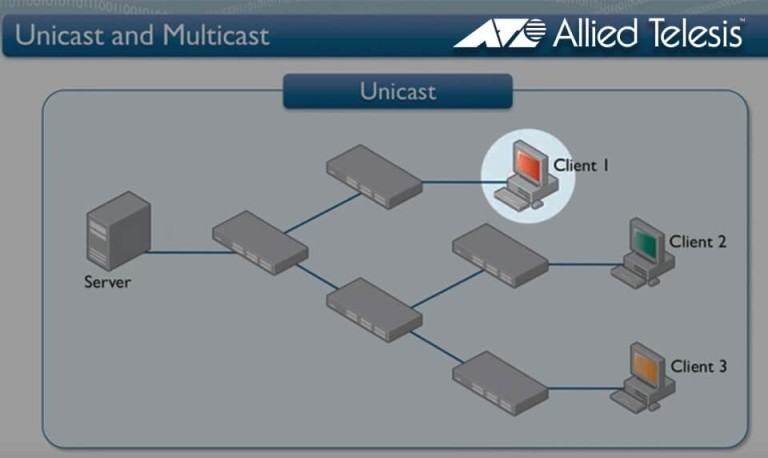
Maximizing Flexibility in IP Surveillance Networks
Network needs change over time. Businesses expand, organizations merge, services evolve, new applications are added, and facilities move to new locations. The network design needs to be adaptable and easy to rearrange. These three tips let you maximize the flexibility of your IP surveillance network:
1. Use Multicast for Video
Video streams can be sent by unicast or by multicast. A unicast system is simpler to set up initially and involves less protocol interaction than a multicast system. However, a unicast video surveillance network suffers from inflexibility in terms of where video streams can be directed to.
The very nature of unicast data transmission is that the data is sent to only one destination. If video streams are to be viewed in one location and recorded in another, then a process needs to be devised whereby either the recording or monitoring system will retransmit streams to the other location.
If the streams need to go to yet another location, for secondary monitoring or for recording onto a backup server, then the streams need to be retransmitted twice—and then again for each subsequent location.
Multicast data is inherently capable of being delivered to multiple destinations. For a new device to begin receiving streams, it simply has to participate in the network’s multicast signaling protocol and start requesting the streams. The network automatically replicates the streams and begins delivering new copies to the new location.
A system based on multicast transmission is particularly able to accommodate dynamic redirection of video streams. For example, a multicast system can easily provide the ability to deliver video streams to particular monitoring stations in real time, in reaction to specific events.
2. Employ an Intelligent Network Management Framework
For a network to be flexible and adaptable, it must have the ability to roll out new features and new configurations with little or no disruption to the network. For most networks, performing network-wide tasks, like upgrading software, improving security configuration, altering protocol settings or turning on new features, can be problematic. These processes can be time-consuming and error-prone. Using an intelligent network management framework like Allied Telesis Autonomous Management Framework™ Plus (AMF Plus) enables the automation of network-wide tasks—saving time and eliminating errors. The network can then be adapted to changing needs in an efficient, low-risk manner.
AMF Plus also simplifies or automates other routine tasks. For example, applying configuration to new or replacement switches, backing up configurations, collecting network-wide statistics, and many more.
3. Design a Backbone that Supports Multiple Head-Ends
Whilst a network may initially be installed with just one core location for data recording and network management, disaster recovery requirements can drive the need to mirror the core to two or more sites. If the network design does not consider head-end mirroring right from the start, then attempting to fit this into the network at a later date can prove very difficult, and require major network redesign.
Basing the network design on a resilient core ring, or a long-distance clustered-switch backbone technology like Allied Telesis Virtual Chassis Stacking™ (VCStack), facilitates a smooth integration of mirrored head-end locations.
To find out more about how we can help design a future-proof video surveillance network, contact us.
Related




